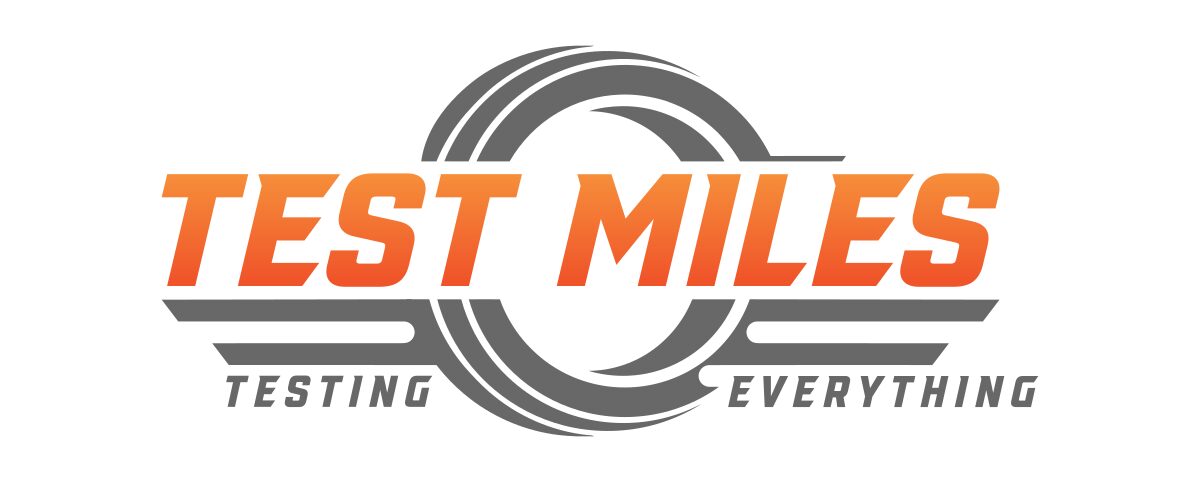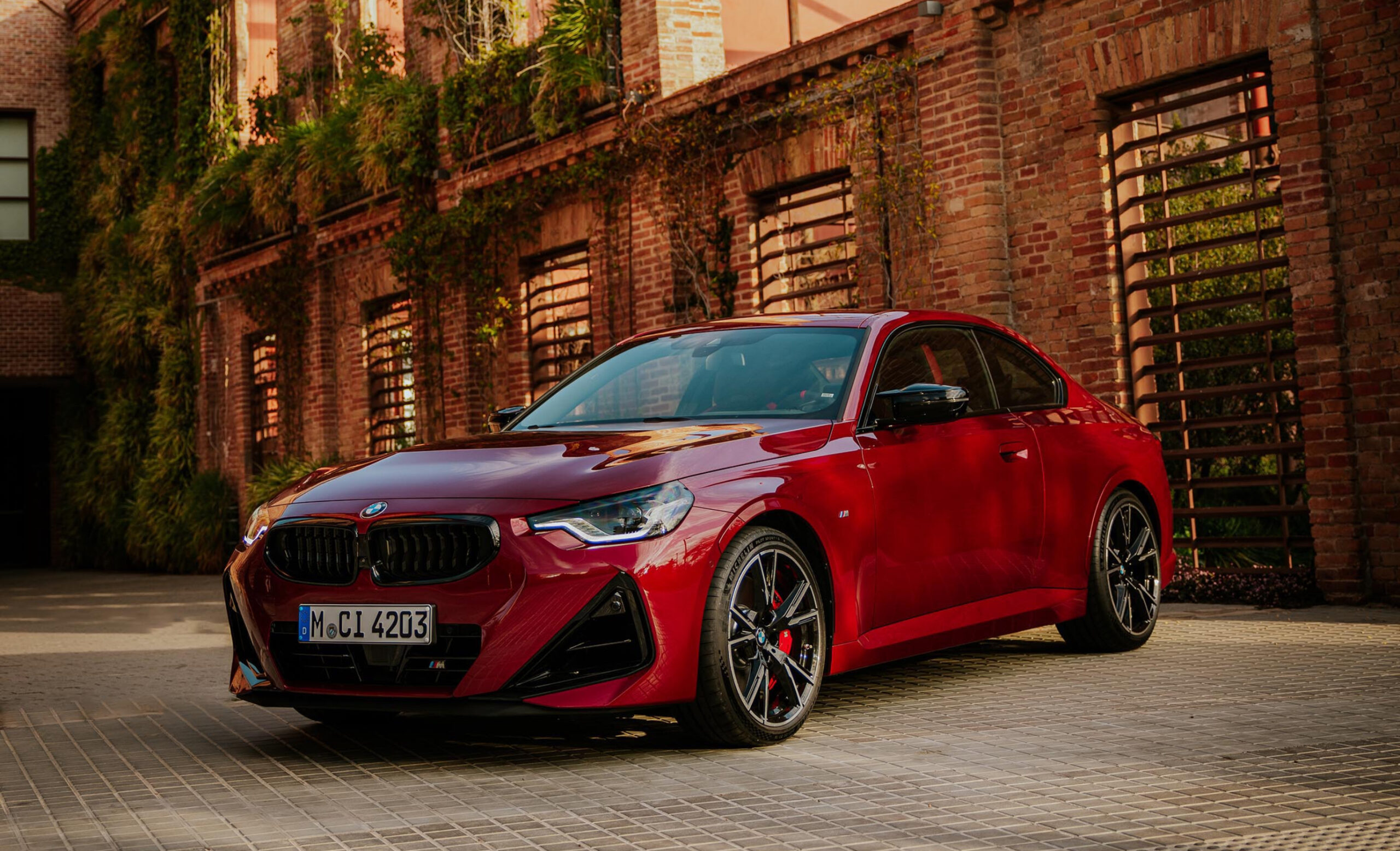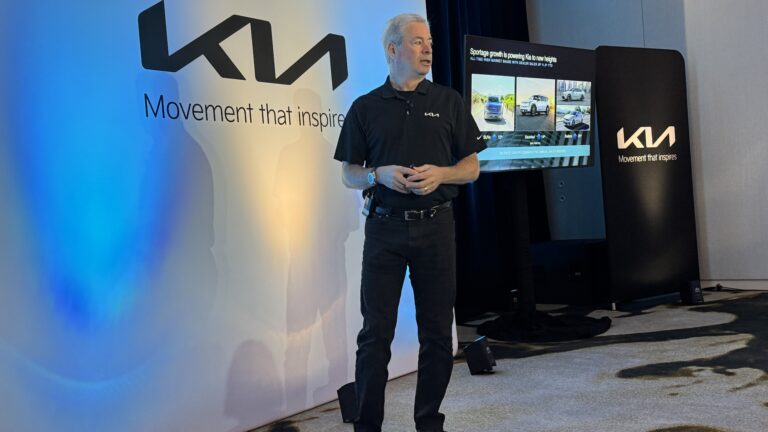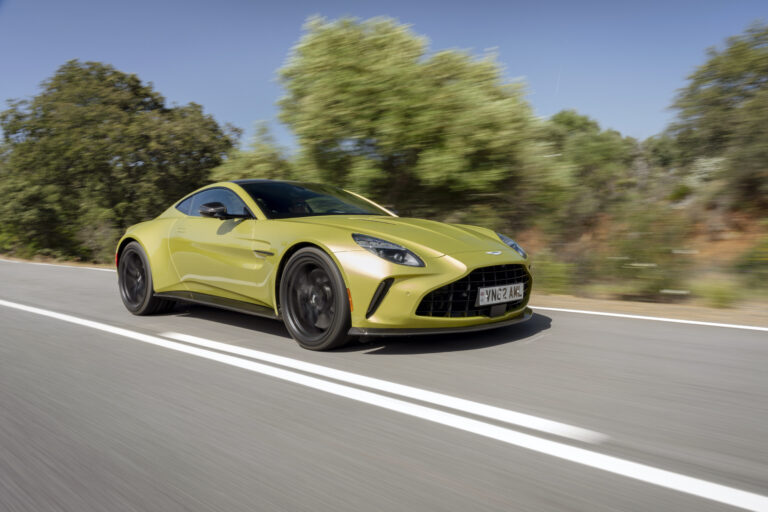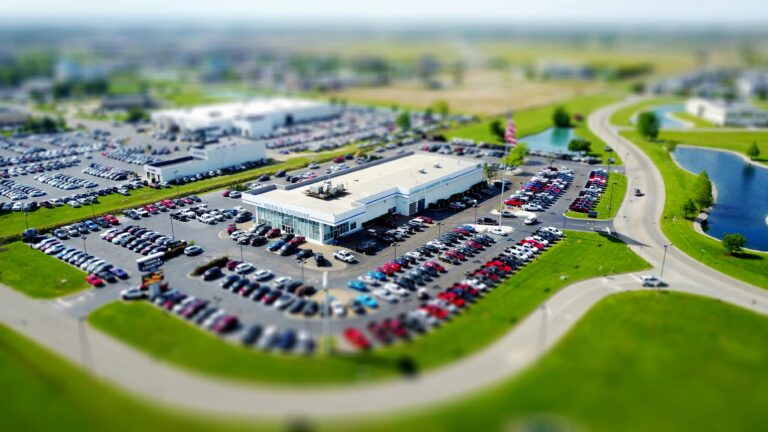Tariff Tango: Automakers Navigate New Trade Realities with Strategic Moves”
Tariff Tango: Automakers Navigate New Trade Realities with Strategic Moves”
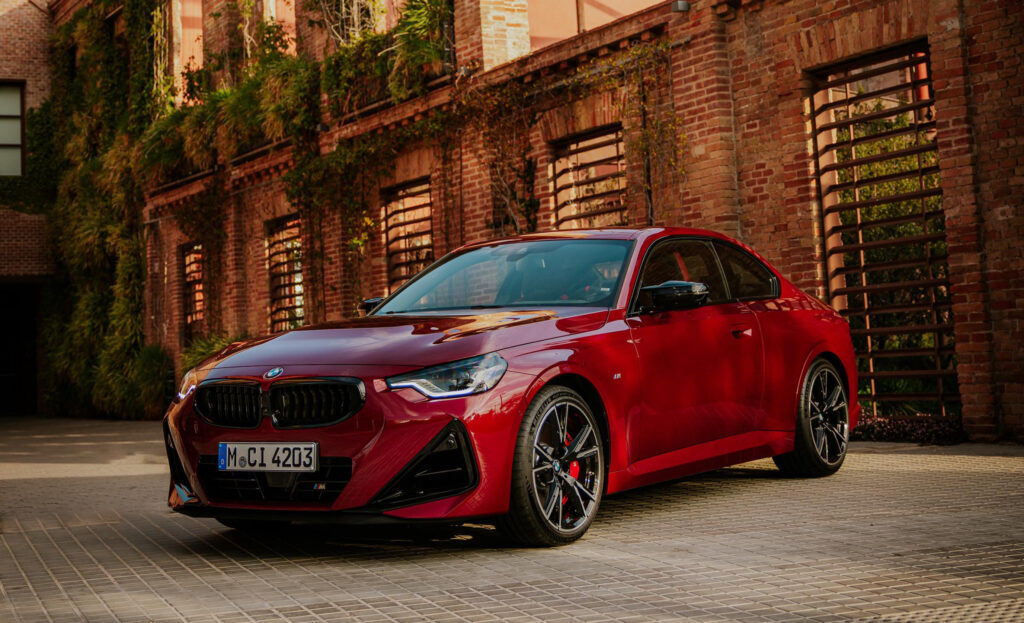
By Nik Miles, Automotive Journalist
In a move reminiscent of a seasoned conductor adjusting the tempo, President Donald Trump has fine-tuned the 25% tariff on automobiles and components imported from Canada, Mexico, Europe, and China. This recalibration aims to alleviate some pressure on automakers, introducing credits and relief measures to offset the financial impact.
Ford’s Strategic Extension
Ford Motor Company, ever the agile dancer in the automotive ballet, has extended its employee pricing promotion until July 6. Originally set to conclude in June, this initiative allows all buyers to purchase or lease most 2024 and 2025 models at the same price Ford employees pay. Discounts range from $1,000 to $3,000, with some dealers offering up to $5,000 off.
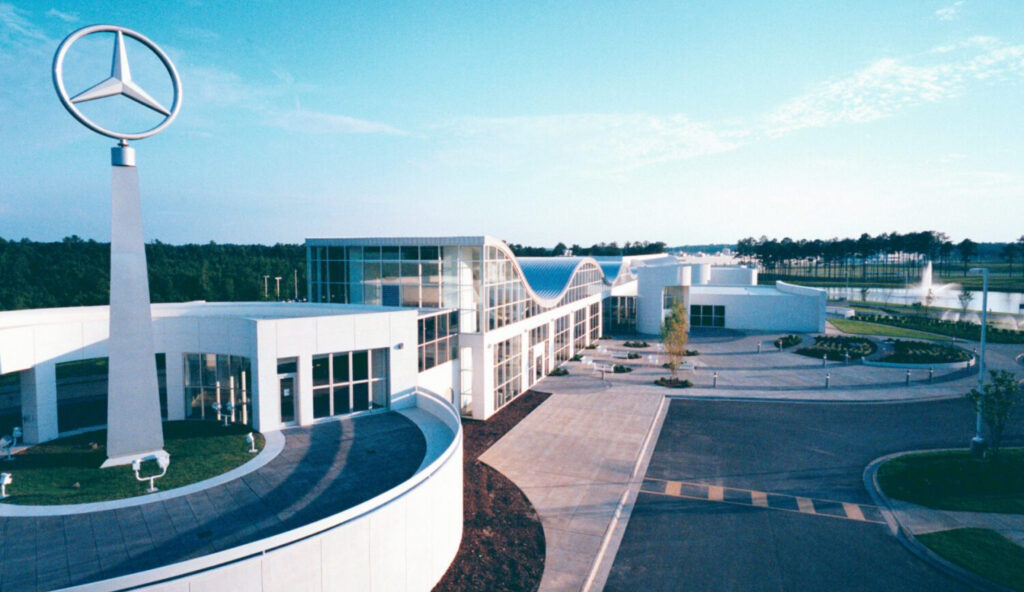
However, not all vehicles are part of this performance. Exclusions include the Ford Bronco Stoppe models, all Raptor models, Mustang Dark Horse, Mustang GTD, and all chassis cab vehicles. The extension provides Ford with a buffer to assess the impact of the latest tariff adjustments on vehicle pricing.
BMW’s Calculated Delay
Across the Atlantic, BMW has informed its U.S. dealers of a delay in electric vehicle production scheduled for May. While holding prices steady through June, the automaker plans a 4% price increase on 2 Series and M2 coupes built in Mexico starting in May. BMW’s four electric vehicles, produced in Germany, face heightened costs due to the tariffs, making them even pricier for consumers.
Mercedes-Benz’s Stockpile Strategy
Mercedes-Benz, with its substantial production facility in Alabama, has taken a different approach. By stockpiling vehicles built at the non-tariff rate, the company aims to maintain current pricing well into the second quarter. However, the reliance on imported engines and powertrains from Europe means the company isn’t entirely insulated from the tariffs’ effects.
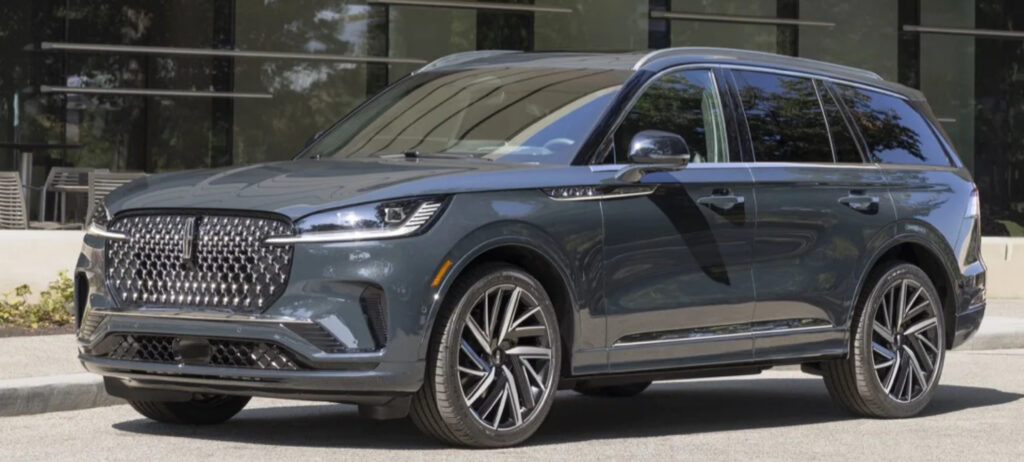
During an April 30 earnings call, Mercedes-Benz officials acknowledged the anticipated sales impact due to the tariffs but refrained from providing specific pricing strategies. CEO Ola Källenius hinted at having “levers” to pull, suggesting potential adjustments in the future.
Industry-Wide Implications
The broader automotive industry is bracing for a potential 2-million drop in new vehicle sales if the current levies remain unchanged. The initial implementation of the tariffs led to a surge in March car sales as consumers rushed to purchase vehicles before price hikes took effect. Early predictions indicate April sales will rise between 5% and 11% as buyers continue to seek non-tariff-priced vehicles.
In response to industry concerns, President Trump announced on April 29 a revised tariff structure. Automakers can now receive credits up to 15% of the value of a vehicle produced in the U.S., which can be used to offset levies on imported parts. This effectively allows duty-free imports worth about 3.75% of the sticker price in the first year, decreasing to 2.5% in the second year, before phasing out in the third year. Notably, this policy is retroactive to April 3.
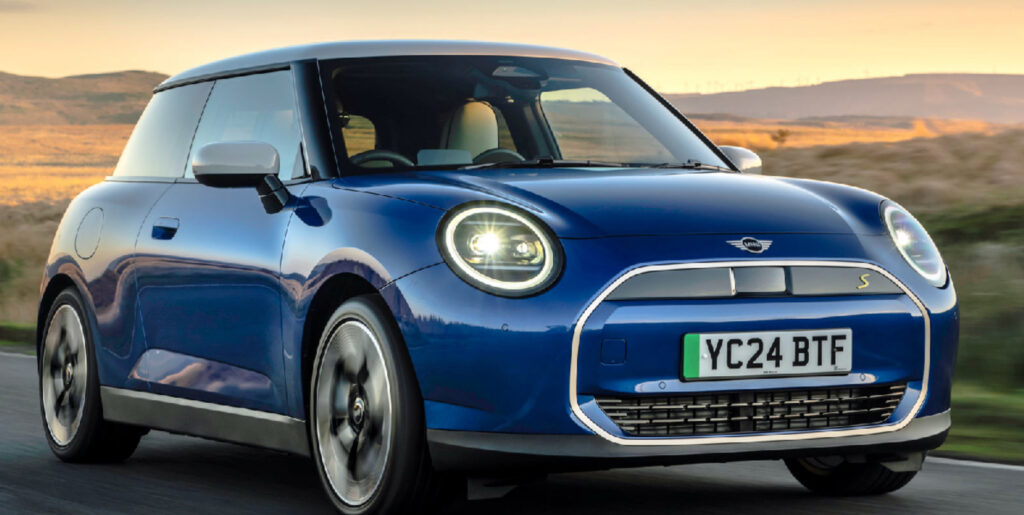
Conclusion
As the automotive industry navigates this complex tariff landscape, manufacturers are employing a range of strategies to mitigate financial impacts and maintain competitiveness. From Ford’s extended promotions to BMW’s production delays and Mercedes-Benz’s stockpiling, each move reflects a calculated response to evolving trade policies.
Enjoyed this article? Stay in the driver’s seat with more automotive insights! Follow @NikJMiles and @TestMiles on social media for the latest news, reviews, and behind-the-scenes exclusives. Don’t miss out—join the conversation today
